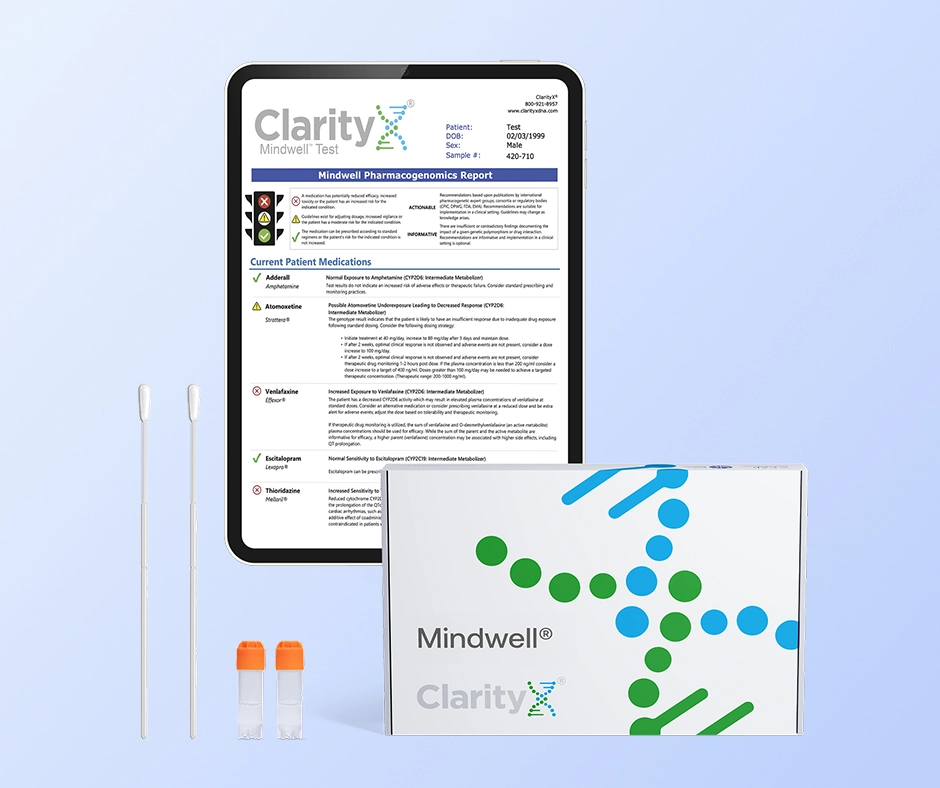Summer Sale! Save 25%
Free Express Shipping
Sale Ends: 07/18
Uses
Side effects
Interactions
Precautions
How Anafranil (Clomipramine) works
- Anafranil, (clomipramine), is an antiobsessional drug that belongs to the class (dibenzazepine) of pharmacologic agents known as tricyclic antidepressants.
- Anafranil is indicated for the treatment of obsessions and compulsions in patients with Obsessive-Compulsive Disorder (OCD), and Major-Depressive Disorder (MDD).
What are the side effects of Anafranil (Clomipramine)?
The most commonly observed adverse events associated with the use of Anafranil and not seen at an equivalent incidence among placebo-treated patients were gastrointestinal complaints including:
- dry mouth
- constipation
- nausea
- dyspepsia
- anorexia
nervous system complaints including:
- somnolence
- tremor
- dizziness
- nervousness
- and myoclonus
- Drugs Metabolized by P450 2D6 – The biochemical activity of the drug metabolizing isozyme cytochrome P450 2D6 (debrisoquin hydroxylase) is reduced in a subset of the Caucasian population (about 7% to 10% of Caucasians are so-called “poor metabolizers”); reliable estimates of the prevalence of reduced P450 2D6 isozyme activity among Asian, African and other populations are not yet available.
- Poor metabolizers have higher than expected plasma concentrations of tricyclic antidepressants (TCAs) when given usual doses.
- Suicide – Since depression is a commonly associated feature of OCD, the risk of suicide must be considered. Prescriptions for Anafranil should be written for the smallest quantity of capsules consistent with good patient management, in order to reduce the risk of overdose.
- Cardiovascular Effects – Modest orthostatic decreases in blood pressure and modest tachycardia were each seen in approximately 20% of patients taking Anafranil in clinical trials; but patients were frequently asymptomatic. Among approximately 1400 patients treated with CMI in the premarketing experience who had ECGs, 1.5% developed abnormalities during treatment, compared with 3.1% of patients receiving active control drugs and 0.7% of patients receiving placebo. The most common ECG changes were PVCs, ST-T wave changes, and intraventricular conduction abnormalities. These changes were rarely associated with significant clinical symptoms. Nevertheless, caution is necessary in treating patients with known cardiovascular disease, and gradual dose titration is recommended.
- Psychosis, Confusion, and Other Neuropsychiatric Phenomena – Patients treated with Anafranil have been reported to show a variety of neuropsychiatric signs and symptoms including delusions, hallucinations, psychotic episodes, confusion, and paranoia. Because of the uncontrolled nature of many of the studies, it is impossible to provide a precise estimate of the extent of risk imposed by treatment with Anafranil. As with tricyclic antidepressants to which it is closely related, Anafranil may precipitate an acute psychotic episode in patients with unrecognized schizophrenia.
- Mania/Hypomania – During premarketing testing of Anafranil in patients with affective disorder, hypomania or mania was precipitated in several patients. Activation of mania or hypomania has also been reported in a small proportion of patients with affective disorder treated with marketed tricyclic antidepressants, which are closely related to Anafranil.
- Hepatic Changes – During premarketing testing, Anafranil was occasionally associated with elevations in SGOT and SGPT (pooled incidence of approximately 1% and 3%, respectively) of potential clinical importance (i.e., values greater than 3 times the upper limit of normal). In the vast majority of instances, these enzyme increases were not associated with other clinical findings suggestive of hepatic injury; moreover, none were jaundiced. Rare reports of more severe liver injury, some fatal, have been recorded in foreign postmarketing experience. Caution is indicated in treating patients with known liver disease, and periodic monitoring of hepatic enzyme levels is recommended in such patients. Page 8 of 23
- Hematologic Changes – Although no instances of severe hematologic toxicity were seen in the premarketing experience with Anafranil, there have been postmarketing reports of leukopenia, agranulocytosis, thrombocytopenia, anemia, and pancytopenia in association with Anafranil® (clomipramine hydrochloride capsules USP) use. As is the case with tricyclic antidepressants to which Anafranil is closely related, leukocyte and differential blood counts should be obtained in patients who develop fever and sore throat during treatment with Anafranil.
- Central Nervous System – More than 30 cases of hyperthermia have been recorded by nondomestic postmarketing surveillance systems. Most cases occurred when Anafranil was used in combination with other drugs. When Anafranil and a neuroleptic were used concomitantly, the cases were sometimes considered to be examples of a neuroleptic malignant syndrome.
- Sexual Dysfunction – The rate of sexual dysfunction in male patients with OCD who were treated with Anafranil in the premarketing experience was markedly increased compared with placebo controls (i.e., 42% experienced ejaculatory failure and 20% experienced impotence, compared with 2.0% and 2.6%, respectively, in the placebo group). Approximately 85% of males with sexual dysfunction chose to continue treatment.
- Weight Changes – In controlled studies of OCD, weight gain was reported in 18% of patients receiving Anafranil, compared with 1% of patients receiving placebo. In these studies, 28% of patients receiving Anafranil had a weight gain of at least 7% of their initial body weight, compared with 4% of patients receiving placebo. Several patients had weight gains in excess of 25% of their initial body weight. Conversely, 5% of patients receiving Anafranil and 1% receiving placebo had weight losses of at least 7% of their initial body weight.


